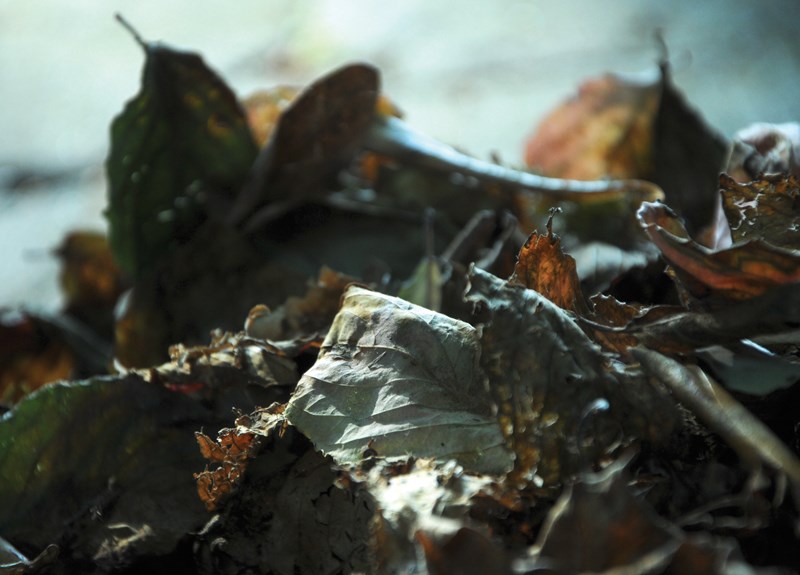The trees are changing colour and dropping their leaves, the mists are starting to descend and the mornings are crisp – autumn is here.
It’s time to prepare your garden for winter, and get your garlic seed into the ground.
I will remind you of our fall mantra: “Collect leaves. Collect leaves. Collect leaves.” Use these leaves to heavily mulch all your garden beds, especially those planted with fall or winter crops like kale or garlic. The mulch will protect plants from cold temperatures, reduce erosion from rain, and will slowly decompose to improve soil structure and health. I aim for at least six to eight inches of mulch. Leaves or straw are the best materials to use. Try to have extra mulch on hand to top up your garden in December because by then the rain and wind will have compacted and/or blown away some of your mulch.
In the first growing season at Loutet Farm a massive truckload of leaf mulch was donated, and was spread out in the autumn over most of the growing beds in the back area to protect and build the soil over winter. The following summer the squash and pumpkins planted in this area did exceptionally well, and you could tell exactly where we had run out of leaf mulch. The plants on the leaf mulch side were significantly taller, lusher and greener than their friends just a few feet away.
This was the best visual I had ever seen of the value that leaves bring to building healthy soil. I’ve spent quite a bit of time collecting leaves from the big piles created in parks – keep an eye on your local park in October and November. Or offer to rake a neighbour’s lawn if you don’t have enough trees in your yard.
This season is also the best for planting, dividing or moving perennials. If you’ve always wanted a supply of berries in your garden, now is the best time to plant. If you have a small patch of strawberries you will notice many “runners” developed over the summer. Follow these stem-like structures from your main plants to the baby strawberry plants at the end of each. Gently plant the babies into the soil and you’ll have a new plant in the spring.
I’m also excited to plant sea buckthorn shrubs this fall. Sea buckthorn produces small, yellow-orange berries that are very tart, but also very high in antioxidants, omega fatty acids and vitamin C. I like to throw a few sea buckthorn berries into my fresh juices or smoothies.
The sea buckthorn bush is also a nitrogen fixer, which means that, like the legume family, it fixes nitrogen into the soil. Having a perennial nitrogen fixer in your yard or garden will improve your soil’s health over the long term.
Garlic is also fun to grow. Plant a clove in October and by August the following year you will have a whole bulb of garlic to enjoy. They are relatively simple to grow and appreciate rich soil and a nice blanket of mulch through the winter.
GardenSmart is hosting a Growing Great Garlic workshop, taught by local gardening expert Mike Nassichuk, today, Oct. 5, from 7 to 8:30 p.m. at North Shore Neighbourhod House. Details and registration information is available at gardensmart.ca.
Happy gardening!
Emily Jubenvill grew up on the North Shore and is passionate about growing fresh organic food. She’s starting an organic farm, and working for the North Shore Neighbourhood House’s Edible Garden Project. [email protected] ediblegardenproject.com



